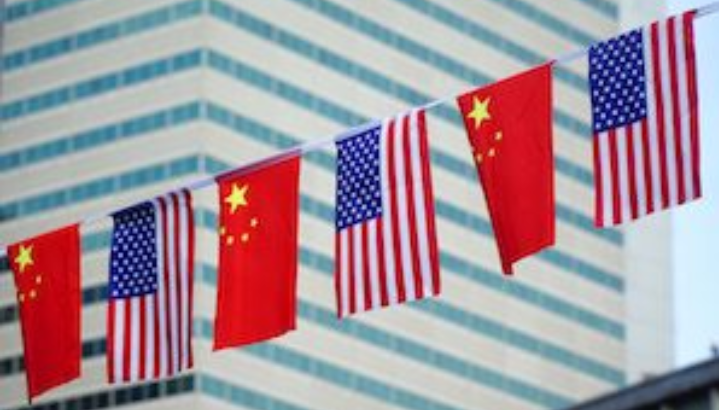Published 11 May 2018 | 2 minute read
How should we interpret the two days of discussions in Beijing between US and Chinese trade officials?
The US delegation laid out an eight-point proposal which has received an almost universally negative reaction. It has been widely criticized for being far too ambitious and entirely unrealistic in terms of what China could reasonably be expected to agree to. Some have gone so far as to suggest that it was designed to fail, in order to provide the Trump administration with a pretext to continue and perhaps even escalate its trade actions.
In reality however, the worst possible outcome we could have seen from the discussions in Beijing would have been a “success”.
Any quick deal that could have been hammered out over the weekend would have been, by definition, superficial and almost entirely meaningless. A hastily pulled-together package of Chinese tariffs cuts, vague pledges of market opening in a previously restricted sector, and a few big-ticket purchases of US products would have only succeeded in buying short term political points, but would have left entirely untouched the complex fundamental underlying issues which are responsible for producing the current specific disputes we are now witnessing.
The most important underlying issue – simply stated – is this: the existing global trade architecture is unequipped to accommodate and cope with a country as large as China playing the game by a different set of rules.
Our current trade system was born in the aftermath of WWII and was created in the philosophical image of the US: free markets, free trade, and a hands-off government approach to business and the marketplace – the so-called Washington Consensus principles. In the early decades, no one could have imagined China’s economic ascent. In the latter decades, when China’s ascent was becoming evident, it was assumed that China would inevitably become like the US, and gravitate towards the Washington Consensus. Today, those illusions are gone. It’s clear that China will continue to follow its own developmental path – state-directed capitalism and trade policies which are, at least in some instances, quasi-mercantilist.
The trade frictions we see today are simply the inevitable outgrowth of a trade system that was predicated on western philosophies and the assumption that everyone would follow those philosophies – without any provision for accommodating and managing different economic systems.
Consider the steel tariffs. This issue has come to a head as a result of a global glut in steel largely the result of dramatic production increases in China (from 15 percent of global supply to 50 percent in recent years), supported by specific governmental policies and incentives. Consider the IPR dispute. The crux of this issue is the Made in China 2025 program, which is an extremely sophisticated government-directed industrial policy designed to achieve Chinese preeminence in 10 strategic industries, including robotics, advanced information technology, aviation, and new energy vehicles. The aim is to achieve self-sufficiency through technology substitution. This is to be achieved with the help of massive government support (estimated to be an excess of $1.5 billion), and a variety of nonmarket behaviors, including forced technology transfers.
So where does this leave us? It would be counterproductive to engage in a philosophical debate over which system is “right” or preferable. It is equally pointless to debate who has more to gain or lose from a trade war. Both countries would lose. What is needed is a framework that can accommodate both systems – a modus vivendi between the US and China that takes into account the legitimate needs and objectives of both countries.
The proposal that was laid out by the US in Beijing – despite all the entirely legitimate criticisms that could be made of it – at least put the underlying issues on the table for discussion. If this proves to be the first step in a long-term process of developing a mutually beneficial modus vivendi between the two countries, the meetings in Beijing might ultimately come to be seen in a much more favorable light than today’s conventional wisdom would suggest.
© The Hinrich Foundation. See our website Terms and conditions for our copyright and reprint policy. All statements of fact and the views, conclusions and recommendations expressed in this publication are the sole responsibility of the author(s).

